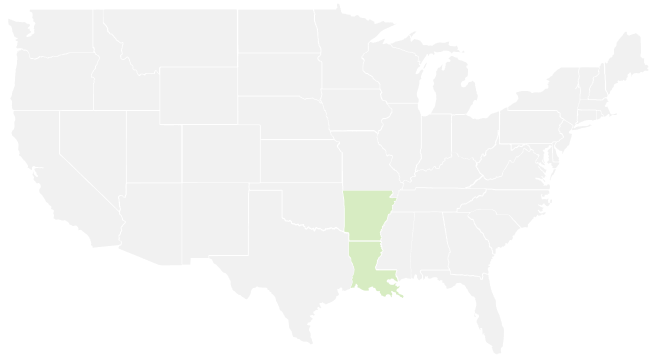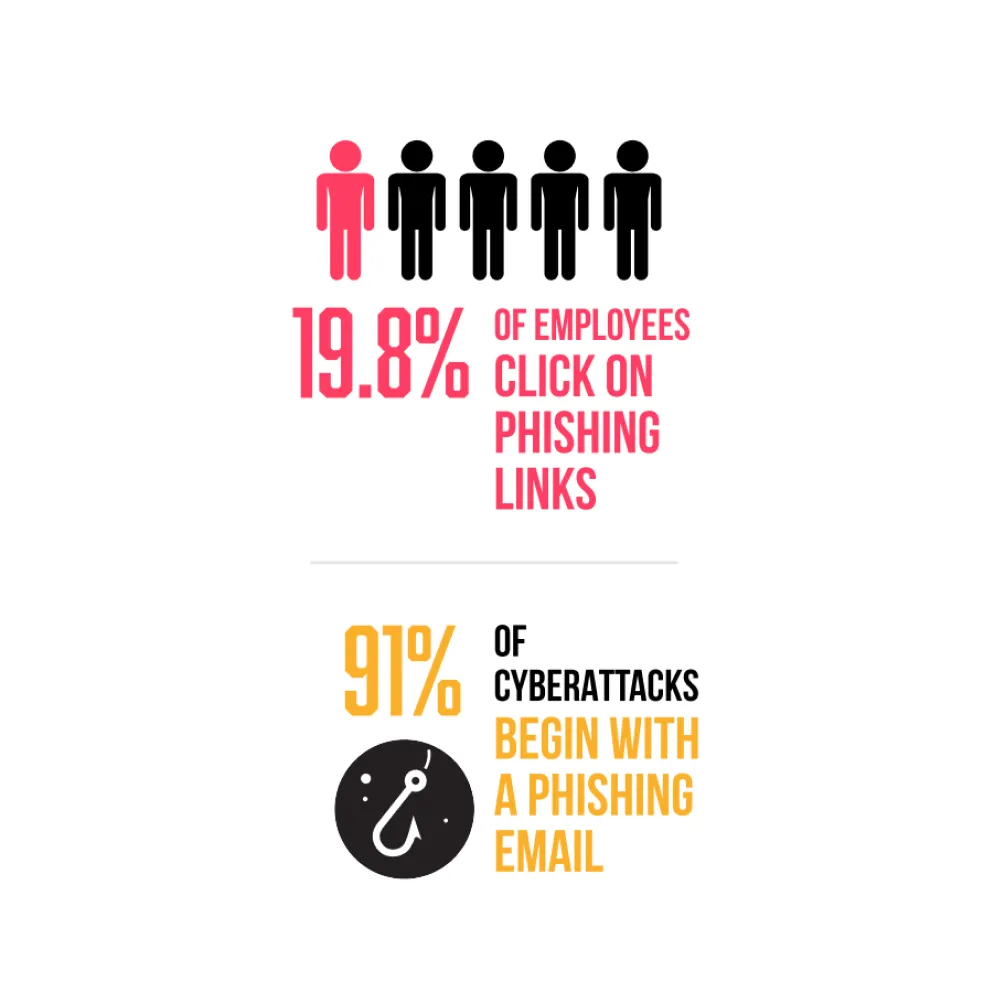The landscape of work has evolved significantly in recent years, with a growing number of professionals embracing remote work as the new norm. While the flexibility and convenience of remote work are undeniable, it also brings a heightened risk of cyber threats, particularly the biggest ransomware attacks. As organizations and individuals navigate the intricacies of securing remote workspaces, it becomes crucial to implement comprehensive strategies to safeguard sensitive data and ensure business continuity. Utilize our IT Support Monroe expertise to deploy strategies for securing remote workspaces.
In this blog post, we will delve into the growing menace of ransomware and outline essential steps to fortify your remote workspace against these evolving threats.
Understanding the Ransomware Menace
Ransomware is malicious software designed to block access to a computer system or files until a sum of money, usually in cryptocurrency, is paid to the attacker. Over the years, ransomware attacks have become more sophisticated, targeting large corporations but also small and medium-sized enterprises (SMEs) and individuals. Remote workers operating outside the traditional security parameters of an office environment are particularly vulnerable to these attacks.
The Evolution of Ransomware
Ransomware has evolved from simple, opportunistic attacks to highly orchestrated campaigns conducted by organized cybercrime groups. The motivation behind these attacks has shifted from mere financial gain to strategic disruption and data theft. Understanding the evolution of ransomware is crucial for developing effective countermeasures.
Securing Your Remote Workspace: Crucial Steps
1. Implement a Robust Endpoint Protection System
Endpoint protection is the first line of defense against ransomware attack prevention. Ensure that all devices used for remote work, including laptops, tablets, and smartphones, have up-to-date antivirus and anti-malware software installed. Regularly update these security solutions to stay ahead of emerging threats.
2. Enforce Strong Access Controls and Authentication
With employees working remotely, it is important to ensure that only authorized individuals have access to sensitive company information. This can be done by implementing strong password policies, multi-factor authentication, and regular access reviews. Additionally, limiting access privileges based on job roles and responsibilities can further reduce the risk of unauthorized access. By enforcing these measures, you can significantly enhance the security of your remote workspace and protect your valuable data from potential threats.
3. Regularly Update Software and Operating Systems
Regularly updating software and operating systems is crucial in securing your remote workspace. Updates often include security patches and bug fixes that help protect your devices from vulnerabilities that hackers can exploit. By keeping your software and operating systems up to date, you ensure that you have the latest security features and defenses in place. Additionally, updating your software can improve performance and functionality, providing a smoother and more efficient remote working experience. Make it a habit to regularly check for updates and install them as soon as they become available to keep your remote workspace safe and secure. Our IT Services Little Rock experts assist you with updating your software and operating systems.
4. Educate and Train Remote Workers
Human error remains a significant factor in security breaches. Provide comprehensive cybersecurity training to remote workers, educating them on attackers’ latest phishing tactics and social engineering techniques. Encourage a culture of vigilance and responsible online behavior.
5. Backup Data Regularly and Securely
With the increasing reliance on digital files and cloud storage, it is important to have a backup system in place to protect against data loss or security breaches. Regularly backing up your data ensures you have a copy of important files and documents in case of unforeseen events such as hardware failure, cyberattacks, or accidental deletion. Additionally, it is important to ensure that your backups are stored securely to prevent unauthorized access or data theft. This can be done using encryption, password protection, and secure cloud storage services. By implementing a robust backup strategy, you can safeguard your remote workspace and ensure the safety of your valuable data.
6. Employ Network Segmentation
Network segmentation involves dividing your network into smaller, isolated segments or subnetworks. By doing so, you can restrict access to sensitive data and resources, making it more difficult for hackers to move laterally within your network if one segment is compromised. This also allows you to apply different security measures and controls to each segment based on its level of sensitivity. Implementing network segmentation can significantly enhance the security of your remote workspace and protect your organization from potential cyber threats.
7. Utilize Virtual Private Networks (VPNs) for Secure Connections
Remote workers often access sensitive company data through public networks, making them susceptible to interception. Encourage the use of Virtual Private Networks (VPNs) to encrypt communication and provide a secure connection to company resources.
8. Monitor and Detect Anomalies
Implement advanced threat detection systems to monitor network activity and detect unusual patterns or behaviors. Early detection of potential threats allows for a swift response, minimizing the impact of ransomware attack.
9. Develop an Incident Response Plan
Having a thorough incident response strategy can help you be ready for anything. To guarantee that your team is equipped to handle a ransomware outbreak efficiently, define roles and duties, set up communication channels, and carry out frequent drills.
10. Collaborate with Cybersecurity Experts
Engage with cybersecurity experts to conduct regular assessments of your remote workspace security. External assessments bring an unbiased perspective and can identify vulnerabilities that internal teams may overlook. Implementing the recommendations from these experts enhances your overall security posture.
The Future of Remote Workspace Security
The cybersecurity landscape will inevitably evolve as the remote work trend continues to gain momentum. Organizations and individuals need to remain proactive in adapting their security measures to counter the growing ransomware menace. Continuous education, technological advancements, and collaboration within the cybersecurity community will play pivotal roles in creating a secure remote workspace environment.
Conclusion
Securing your remote workspace against the growing ransomware menace requires a multifaceted approach that combines technology, education, and proactive measures. By implementing robust endpoint protection, enforcing access controls, educating remote workers, and staying vigilant against emerging threats, organizations can significantly reduce the risk of falling victim to ransomware attacks. As remote work becomes more ingrained in our professional lives, the importance of cybersecurity measures cannot be overstated. Taking the necessary steps today will protect sensitive data and ensure a resilient and secure remote workspace for the future.



